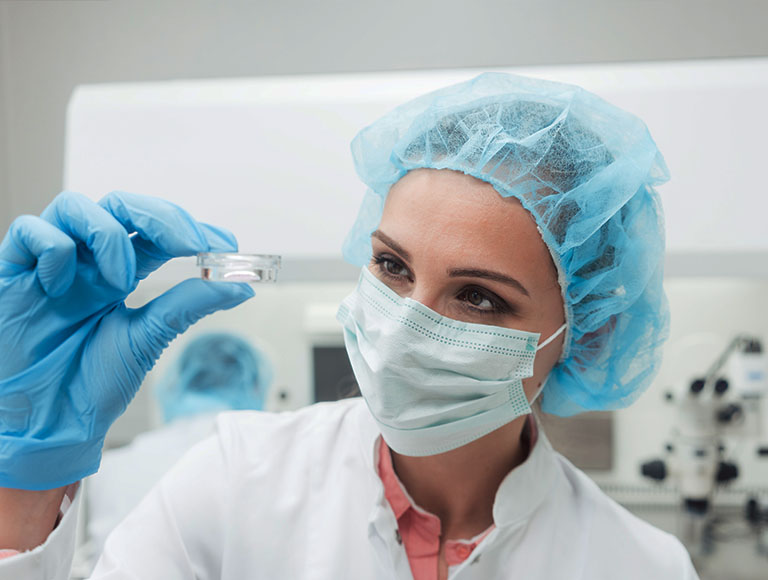|
Getting your Trinity Audio player ready...
|

More than ever, the world is turning to scientific knowledge to find solutions, whether for pandemics, safety assessments of ingredients and products or experiments on animals.
The first records of experiments using animals found date back to 500 BC Aristotle, Herophilus and Erasistratus (500 BC) to discover the functions of living organisms.
The French philosopher René Descartes (1596-1650) believed that animals were “automata”, that they did not suffer pain in the same way as men.
Queen Victoria was the first opponent of animal experiments, according to the letter written in 1875 by her personal secretary.
More recently, the suffering caused to animals was noted and new criteria have been created.
In 1959, zoologist William Russel and microbiologist Rex Burch presented the book “The Principle of the 3 R's” to the scientific community for the use of animals in research in a more humane way, which consists of:
- Replacement: replace the use of animals with alternative methods in research;
- reduction: reduce the number of animals when possible;
- Refinement: reduce the pain of animals during the experiment and improve conditions in captivity.
There is a movement around the world to minimize the use of animal testing:
- EUROPEAN UNION: in March 2013, the European Union banned the import and sale of cosmetic products and ingredients tested on animals. REACH, EFSA, WHO
- China: declared that animal testing for “non-essential” cosmetic products (shampoo, perfumes, etc.) is exempt from June/2014.
- U.S: The Environmental Protection Agency (EPA) published a plan in Sep/2019 to reduce mammalian studies on 30% by 2025 and eliminate these tests by 2035. The National Institutes of Health (NIH) adopted the same policy in Aug/2019, as well as the FDA in Nov/2019. On average 26 million/year.
- Colombia: in June/2020 the country approved a law prohibiting animal testing for cosmetic purposes. On average 12 million/year.
- Brazil: 7 states that prohibit testing on animals for cosmetic purposes (SP, RJ, MG, PR, MS, PA, AM). ANVISA accepts 18 alternative methods.
According to HSI (Humane Society International) they are used on average 115 million animals per year in scientific experiments with emphasis on the following regions:
- U.S
- Great Britain
- South Korea
- New Zealand
- European Union
- Canada
- Australia
In Great Britain, in 2019, 3.40 million procedures were carried out using laboratory animals, including:
- 1.73 million procedures performed in scientific studies to develop treatments, pharmaceutical industry safety tests and educational training.
- 1.67 million procedures carried out to create laboratory animals whose genes have been modified or not.
And what are the main species of animals used in experiments?
- 61% from Mice, 87% being created in laboratories.
- 16% from Fish, with 12% created in the laboratory and
- 9% from Rats, with 1% created in laboratories
What are the main Experimental Procedures for Regulatory proposals?
- Production routine: for production processes that require regulatory approval
- Toxicity and safety tests for products and apparatus for medicine, dentistry and veterinary medicine
- Quality control: testing of quality control parameters during production for registration purposes, to meet national or international regulatory requirements or industry policy
- Other efficacy and tolerance tests: for evaluating biocides, pesticides and additives in animal feed.
The use of animals for experiments has been increasingly opposed and condemned, opting for other testing alternatives such as “in vitro”.
Want to know more about this subject? Browse the website here www.sfconsulting.com.br and follow our publications on social media Instagram It is Facebook.
